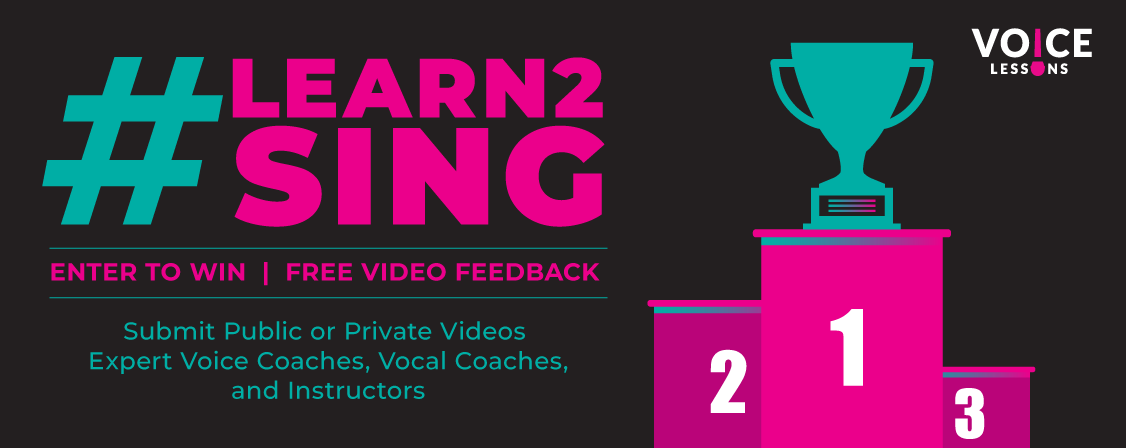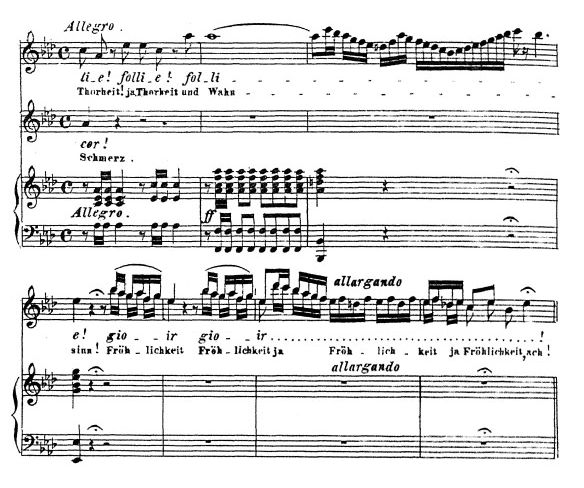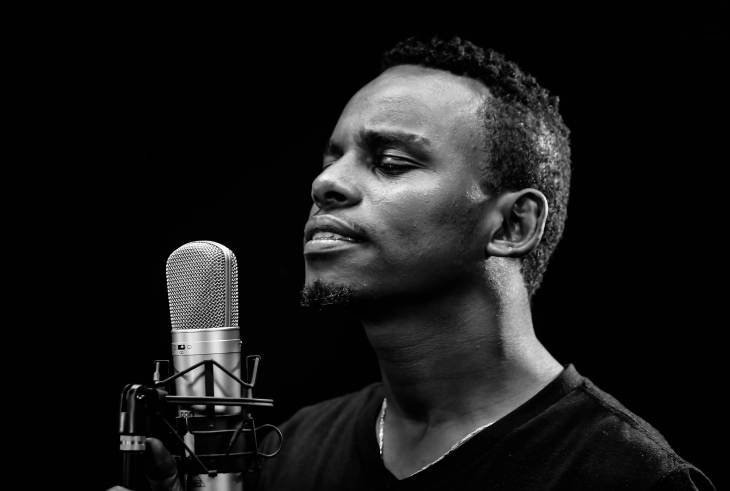
Full Voice vs Chest Voice & Falsetto Voice
Full Voice is when there is a coordination – a balance between the muscles responsible for closing and stretching the cords.
There are different areas of this full voice depending on where one is in the range, whether lower, middle, or upper, like the different floors of a house. The vocal cords are adjusted by the closer and stretcher muscles so there is an exact length, width, and depth vibrating for every pitch. In full voice, both closer and stretcher are working together at all times. For example, on the lowest full voice note the closer muscle maybe 98% in charge with the stretcher muscle being 2% in charge. On the highest full voice note the stretcher muscle is 98% in charge with the closer muscle being 2% in charge (these figures are for illustration purposes). The point is that when the muscles are working together from top to bottom, this balance or texture is called full voice.
Now, full voice is comprised of what folks might call chest and falsetto.
Remember that pure chest voice is a texture of sound that happens when the closer muscle is active by itself at the bottom of the vocal range.
Pure falsetto voice is a texture of sound that happens when the stretcher muscle is active by itself within a range of B below middle C to the B above.
These two muscles completely isolated is not the goal. Sometimes, a bit of isolation and focus on right jobs is necessary for revitalization. Yet, the goal is that the muscles work together better and better.
So, it is good to have a chest voice (basement) and a falsetto voice (attic room in second floor). As the muscles grow and coordinate, we get a different texture of sound called full voice wherein one feels a certain balance on all the notes. This is a “one voice” feel that comes from the two voices (chest and falsetto).
Really there is no competition between full voice and chest or falsetto voice. All of these “voices” are textures of sound that arise from muscular adjustments. These adjustments can be worked on in exercises specifically designed so our voice develops.
Also, it is super helpful to have an understanding of terminology so one is not confused by vocal talk, but that light is shed on what is going on; allowing one to sing with both body and mind!
about the author
Allen Rascoe Allen has been enjoying singing since he was a little kid. He officially studied voice at ECU and USC. However, he ran... Read More

RECENT ARTICLES
-

Career Your Opportunities for a Fulfilling Career in Singing
-

Basic Skills, Beginners, Tips Tips To Improve Your Singing Voice
-

Exercises, Warmups 10 Vocal Warm-ups to Change the Way You Sing
-

Basic Skills, Beginners, Exercises, Songs, Voice Teachers, Warmups What is My Vocal Range – Identify, Master and Expand Your Range
RECENT IN KNOWLEDGE
Recent Topics
- Beginning Voice Lessons (1)
- Breathing Techniques (1)
- Confidence (1)
- Experienced Teacher (1)
- Kids Singing Lessons (1)
- Musical Career (1)
- Practice (1)
- Private Lessons (1)
- Professional Singer (2)
- Sing (1)
- Singing Teachers (2)
- Style (1)
- Teach Online (1)
- Vocal Exercises (1)
- Vocal Health (1)
- Vocal Music (1)
- Vocal Pitch (3)
- Vocal Range (4)
- Voice Coach (1)
- Voice Exercises (2)
- Voice Training (4)
- Young Vocalist (1)
Categories
- Basic Skills (7)
- Beginners (8)
- Career (2)
- CCM (1)
- Contemporary Commercial Music (1)
- Crossing Over (1)
- Exercises (2)
- Online Lessons (3)
- Online Voice Lessons (1)
- Songs (2)
- Students (6)
- Tips (4)
- Vocal Coaches (1)
- Voice Teachers (2)
- Warmups (2)
Testimonials

















